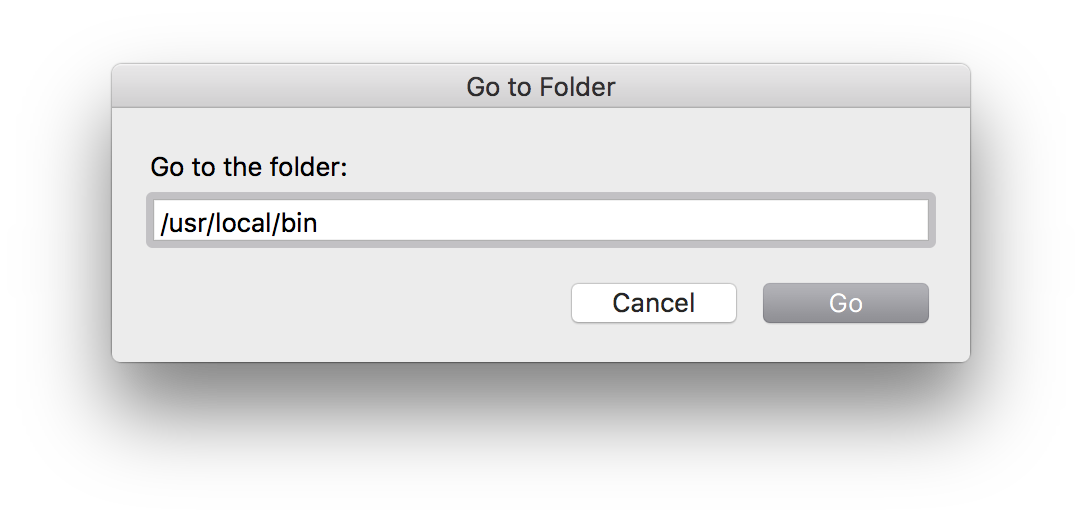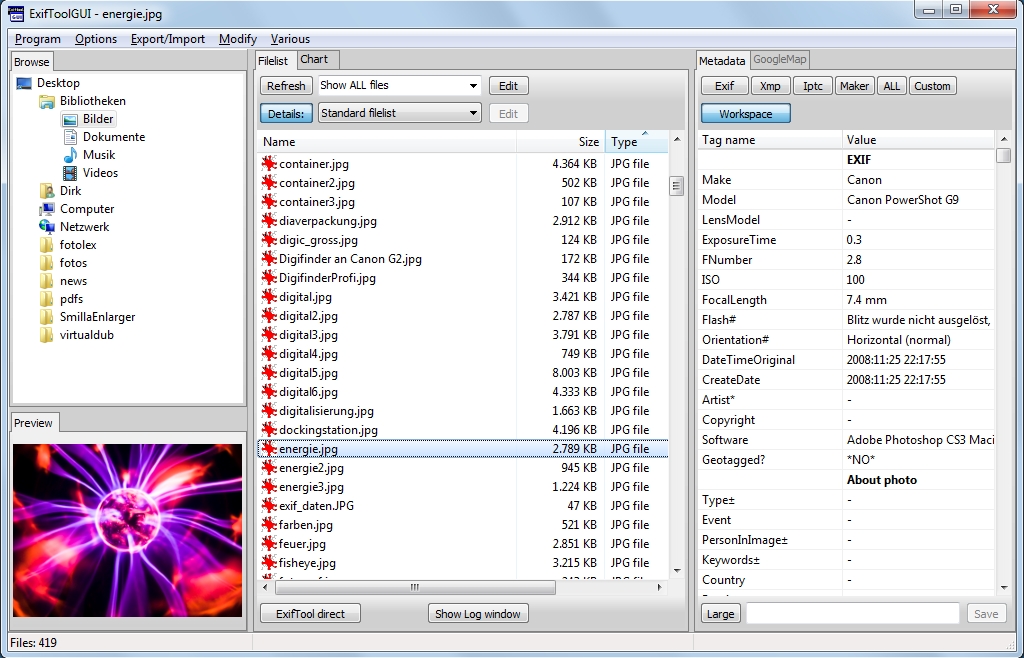

- #EXIFTOOL FOR MAC HOW TO#
- #EXIFTOOL FOR MAC INSTALL#
- #EXIFTOOL FOR MAC FULL#
- #EXIFTOOL FOR MAC PLUS#
- #EXIFTOOL FOR MAC DOWNLOAD#
If you are not sure whether it is running on the Mac at that moment, you can check the Dock, right-click on the app if it appears at there, and select exit Several guides to uninstall ExifTool from Mac Traditional option – remove the application to the Trash ExifTool removal encounters a problem when follow the traditional way to uninstall it, such as removing process has not response or just shut down before finish the removal.Cannot 100% remove all related files of the application.Cannot find and delete all of ExifTool's files and traces on the computer.Not clear what's the right way to remove an application on Mac.

Don't know where should start the program removal.ExifTool causes an application conflict issue with other apps on the MacĬommon removing problems you might encounter.

#EXIFTOOL FOR MAC INSTALL#
When install ExifTool on the Mac, it will also bring many of its supported files to the Mac, including application support files, preferences, caches etc. Hard to uninstall ExifTool from Mac? Don't know where the file is or where to start the removal? This post is all about the how-to guides to help you remove this program from Mac.
#EXIFTOOL FOR MAC HOW TO#
The next time you start up ChemDraw there will be a 'Scripts" menu in the top menu bar and you will be able to access it from within ChemDraw.Uninstall ExifTool Guides – How to Remove ExifTool for Mac If you install the applescript in the folderĪpplications:CS ChemOffice 2008:CS ChemDraw:ChemDraw Items: You can check the metadata has been installed using the ExifTool command. ExifTool will add the metadata and also create a copy of the original PNG file at the same location. The first part of the script below simply asks the user to select the image file that you want to add chemical metaadata to, it then generates the POSIX path to the file since ExifTool requires UNIX style paths. The last part creates the shell script telling ExifTool to embed the metadata into the selected image file. The next part uses OpenBabel to generate a canonical SMILES. We then tall ChemBioDraw to get the SMILES string, with a little checking to make sure a structure is selected. Leave ChemBioDraw open with the structure in place. You also need OpenBabel and the easiest way to install is to install the ChemSpotlight plugin from hereįirst draw the structure in Chemdraw and save it as a PNG, ignore the warning that chemical information will be lost, we are going to embed it in the metadata :-). If you have installed ExifTool anywhere else you will need to install the configuration file in the appropriate place. sudo mv /Users/Chris/Desktop/ExifTool_config /usr/bin/.ExifTool_config ExifTool_config (note the leading period!). The downloaded file needs to be installed in the same folder as exiftool which if you installed it using the binary installer will be usr/bin. # new PNG tags are added to the PNG::TextualData table: # The %Image::ExifTool::UserDefined hash defines new tags to be added This new configuration file will allow you to add metadata for SMILES, molfile and sdf to PNG files. The part of the file that adds the tags is shown below.
#EXIFTOOL FOR MAC DOWNLOAD#
To save you time you can just download the file here.
#EXIFTOOL FOR MAC FULL#
The file and full instructions can be downloaded from the ExifTool website but you need to download the source not the MacOSX binary. To allow the addition of custom tags you need to edit and install the exiftool configuration file.
#EXIFTOOL FOR MAC PLUS#
ExifTool is a platform-independent Perl library plus a command-line application for reading, writing and editing meta information in images. This script again relies on the excellent ExifTool by Phil Harvey (). In the previous tutorial (Applescript Tutorial 8) I showed how to use applescript to extract the information from the PNG file and then display the structure in a couple of chemical display packages in an editable form.Ī couple of people have asked for a tool to embed metadata into images and this script shows how to add SMILES string to a PNG file using ChemBioDraw. As we move to a more web-centric view of the world it is apparent that much of research information will be only available via the web, whilst images of chemical structures are usually adequate for a human viewer the chemical structure cannot be indexed and subsequently searched. Rich Apodaca has been discussing embedding molecular information in images of molecules, such as a PNG file depicting a 2D structure. Applescript Tutorial 9 Embedding chemical metadata into a graphics file


 0 kommentar(er)
0 kommentar(er)
